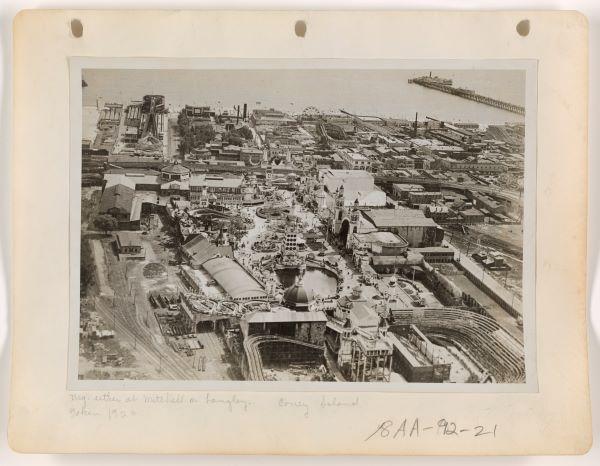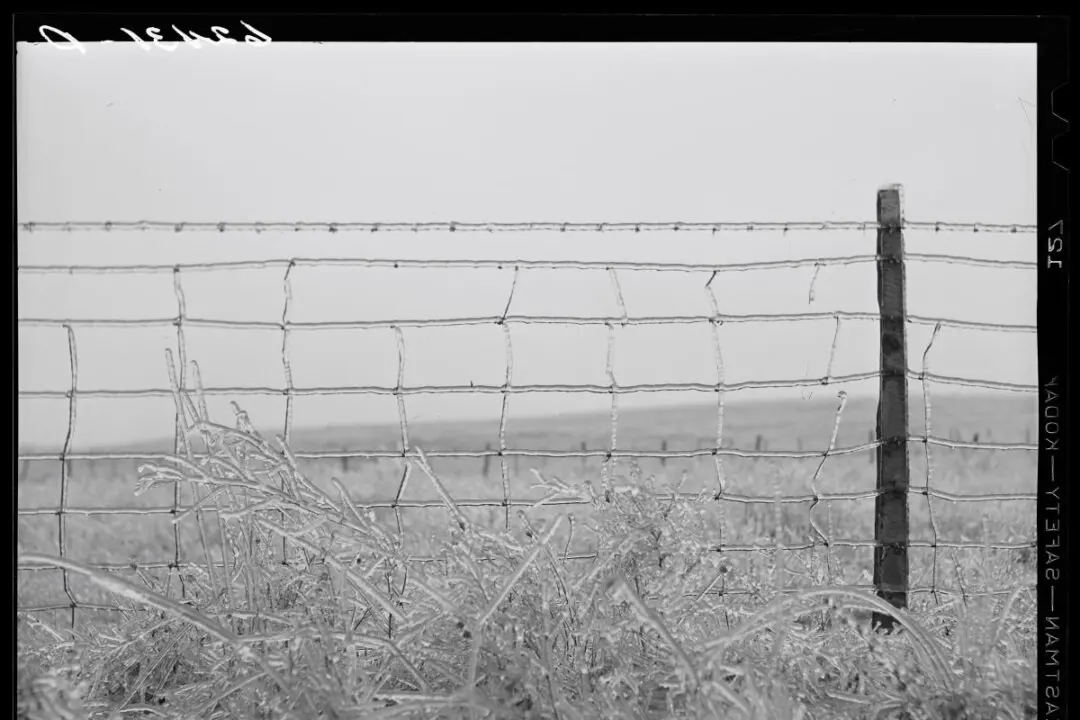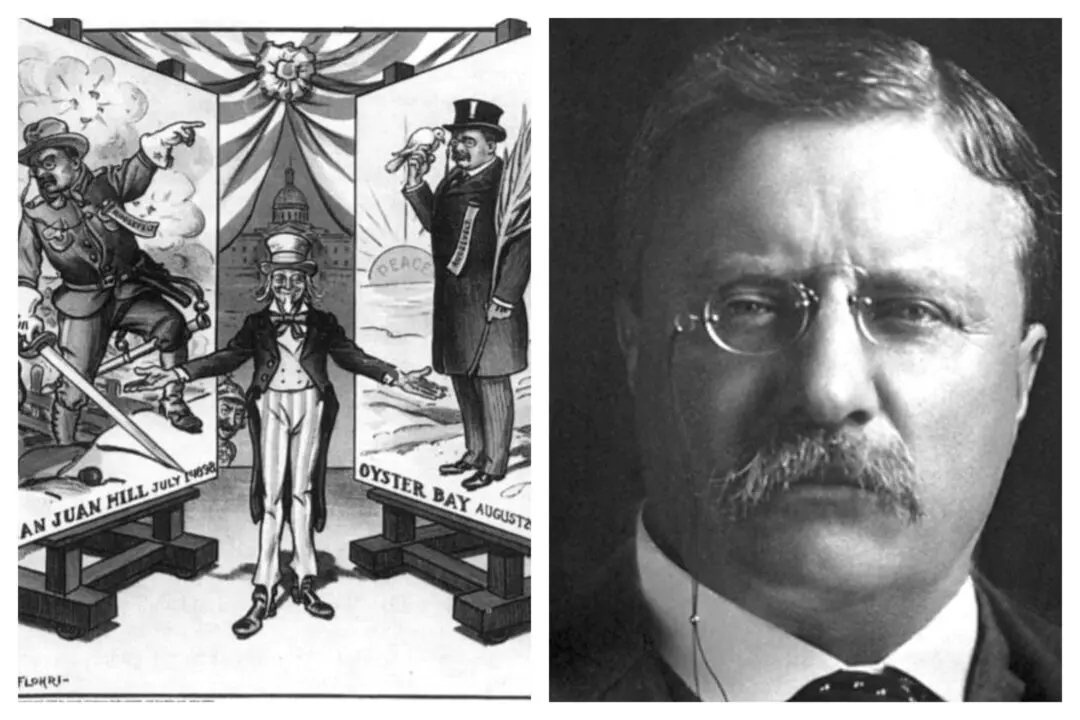When anthracite coal was discovered in the eastern Pennsylvania hills toward the end of the 18th century, the efforts to transport the energy source proved a major and evolving undertaking. Coal transportation began with the building of a road, where carts and wagons filled with coal were pulled by mules.
Coincidentally, around the same time as this discovery of coal, a three-mile rail line was constructed near Wakefield, where horse-drawn railcars transported coal. The difference, however, was that Wakefield was in England. It was not until the 1820s that construction began for a rail line in eastern Pennsylvania from Summit Hill to the small town of Mauch Chunk (now known as Jim Thorpe, Pennsylvania). By 1827, the Lehigh Coal and Navigation Company (LCNC) completed the nine-mile railroad, where railcars were filled with coal and sent down the end of the line via the power of gravity. To get back up the hill, a mule team was used.






